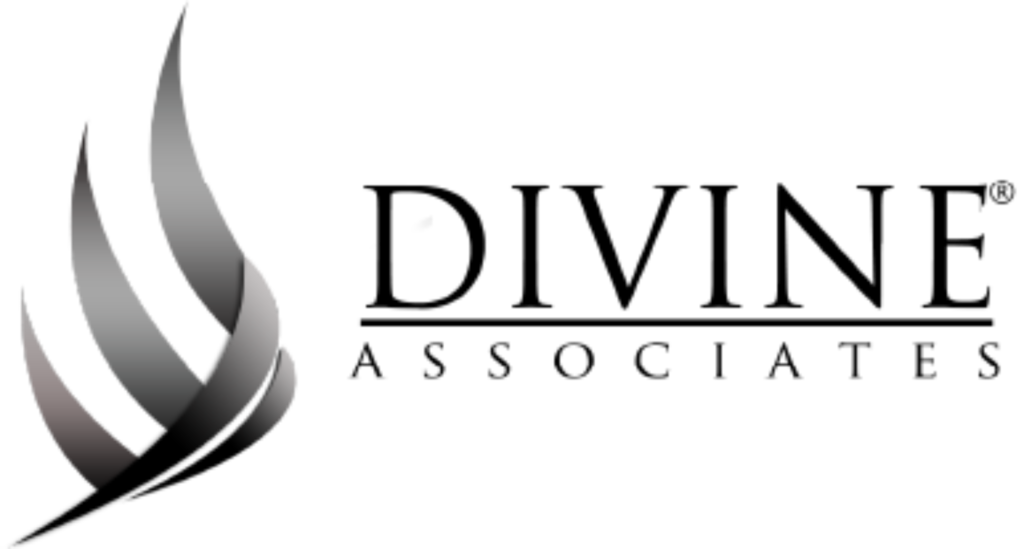The Netherlands to the north, Germany to the east, Luxembourg to the southeast, and France to the south encircle Belgium.
Stretching from the Polderland of Flanders, known for its gem-like ancient towns, it passes through the Pajottenland to Brussels, then continues eastward to the Fagnes/Vennen Ice Age scene, north and south to the Kempen/Campine heathlands, the Meuse Valley, and the general uplands of the Ardennes, with a significant portion in the middle. The nation’s largest notable elevation rises to just under 700 meters, while many of the northern parts are only a little above sea level. Belgium is divided geographically into eleven territories.
The official dialects of the country are French, Dutch, and German, with varying guidelines for their use in accordance with language usage regulations that were enacted between 1873 and 1963. In fact, many foreigners are surprised to learn that Flemish, the local dialect of Dutch, is really the most widely spoken language in the country, rather than French.
Belgium’s society has always been very open to the outside world. Second- and third-age workers constitute a significant population group throughout the country, with populations concentrated in areas such as Charleroi, the former coal-mining communities of Borinage in the south and Limburg in the north, Arabs and Turks in inner Brussels, and a sizable Jewish population associated with the jewelry industry in Antwerp.
